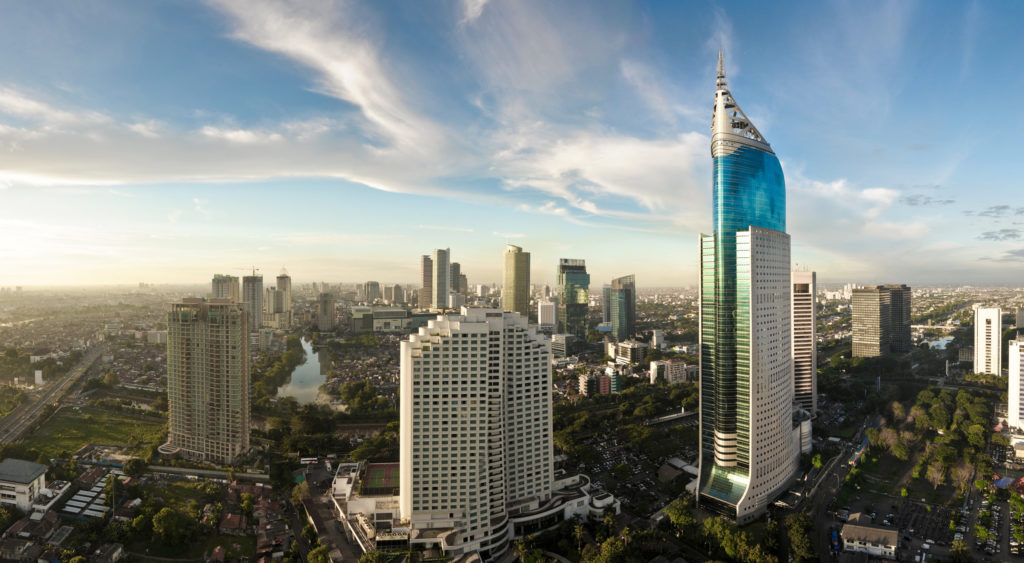
Republic of Indonesia commonly known as Indonesia is a country located in Southeast Asia. This beautiful country is considered as a treasure of islands for Planet Earth as it carries more than 17000 islands which makes it an irresistible and an eye-catching destiny for any explorer, tourist, researcher and even film makers. Apart from these crystal clear islands, beautiful landscapes, ancient temples, diverse culture, historical places and a lot more is ready to welcome you with open arms.
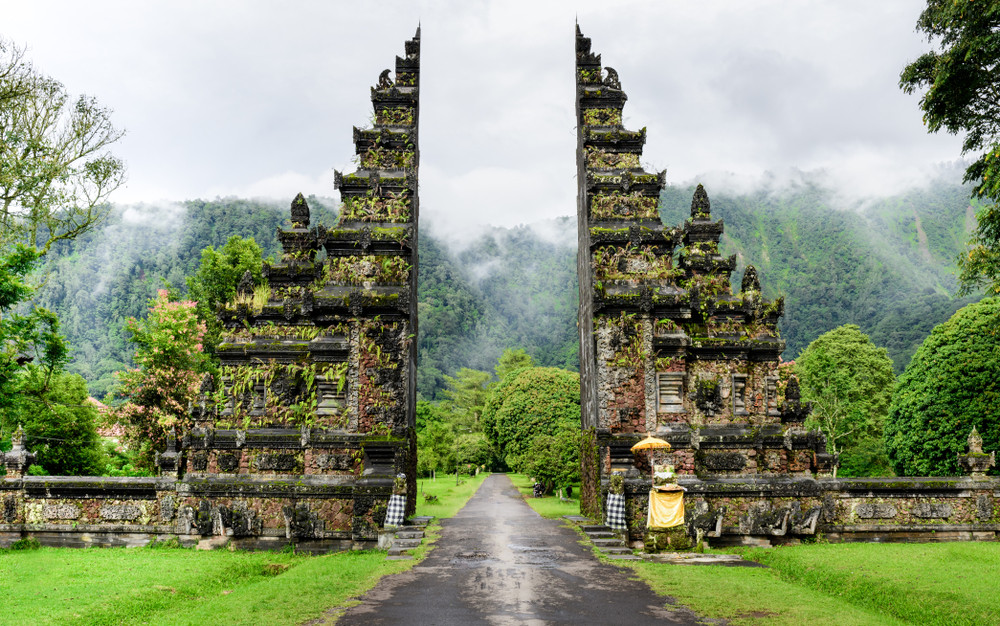
From the busiest streets of Jakarta to the remote villages of Tana Toraja, wherever you visit, it is one of the best journeys of exploration of one’s lifetime.
When we talk about UNESCO’s World Heritage Sites in Indonesia, There are nine of them, among them five are cultural sites and four remaining are natural sites. This makes it the only Southeast Asian Country with the highest number of UNESCO’s World Heritage Sites. Five cultural sites are Borobudur Temple, Subak plantation system, Prambanan Temple, Sangiran Archaeological Site, Ombilin Coal Mining Heritage of Sawahlunto.
BOROBUDUR TEMPLE
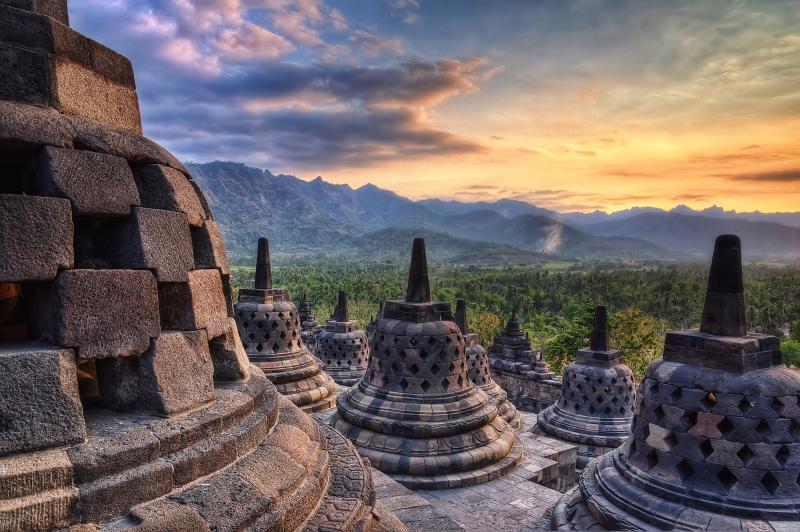
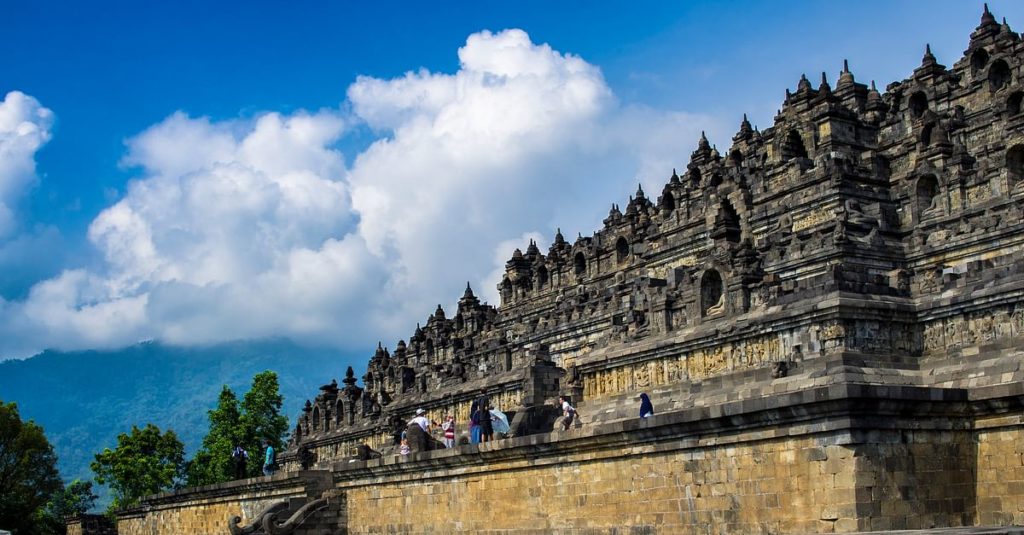
SUBAK PLANTATION SYSTEM (BALI)
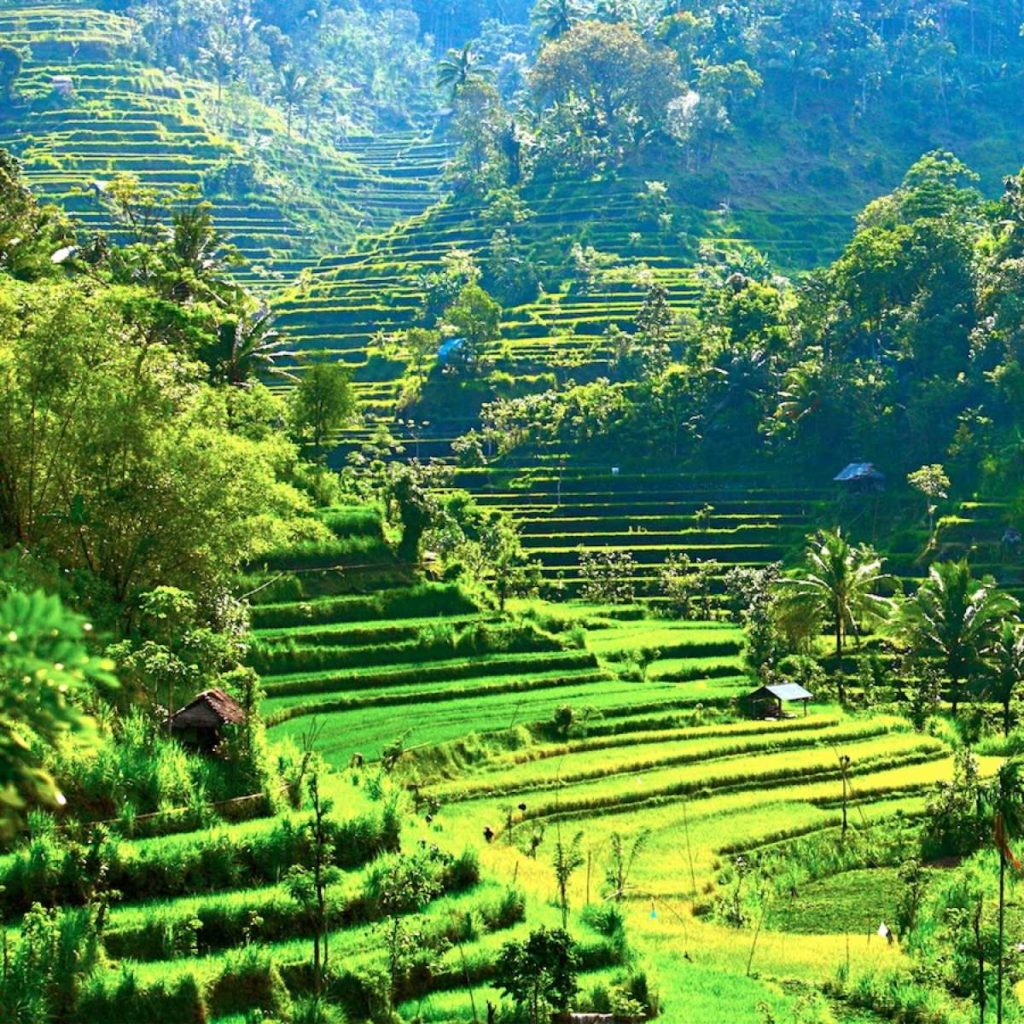
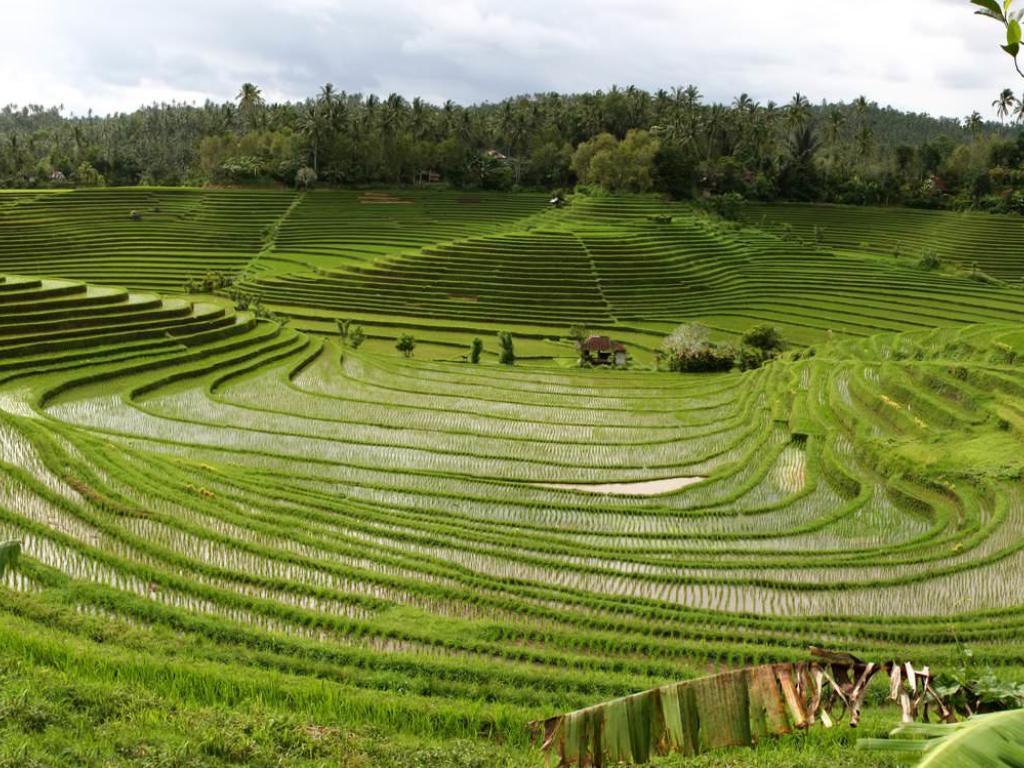
PRAMBANAN TEMPLE
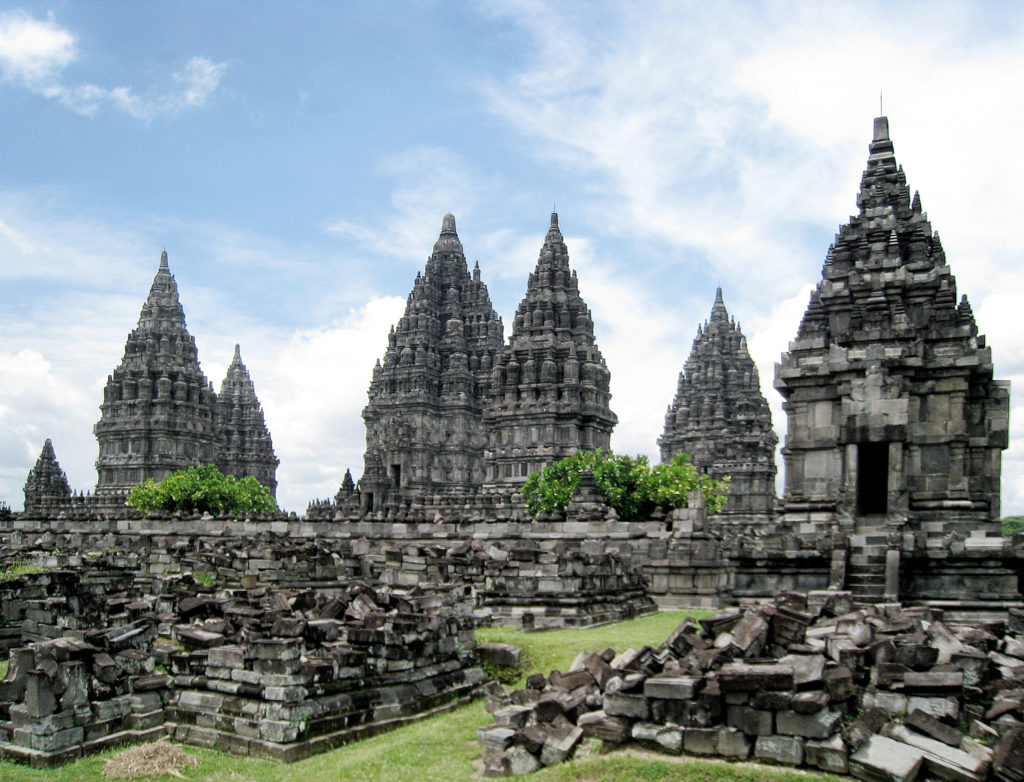
SANGIRAN ARCHAEOLOGICAL SITE
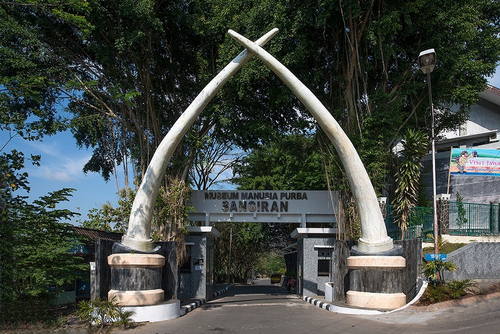
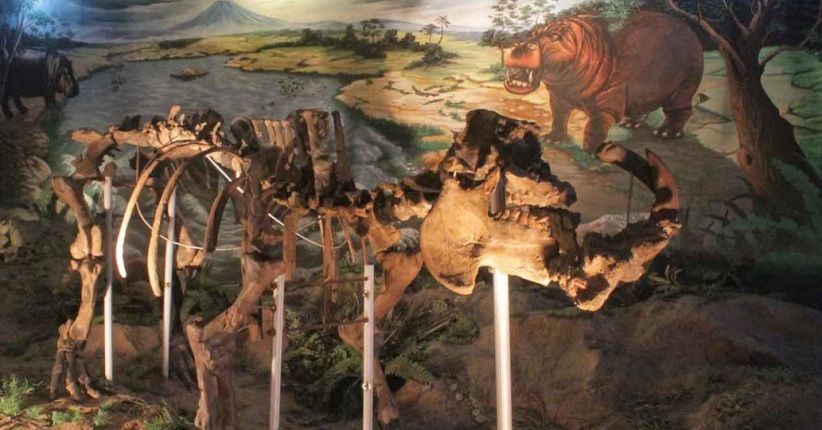
OMBILIN COAL MINING HERITAGE OF SAWAHLUNTO
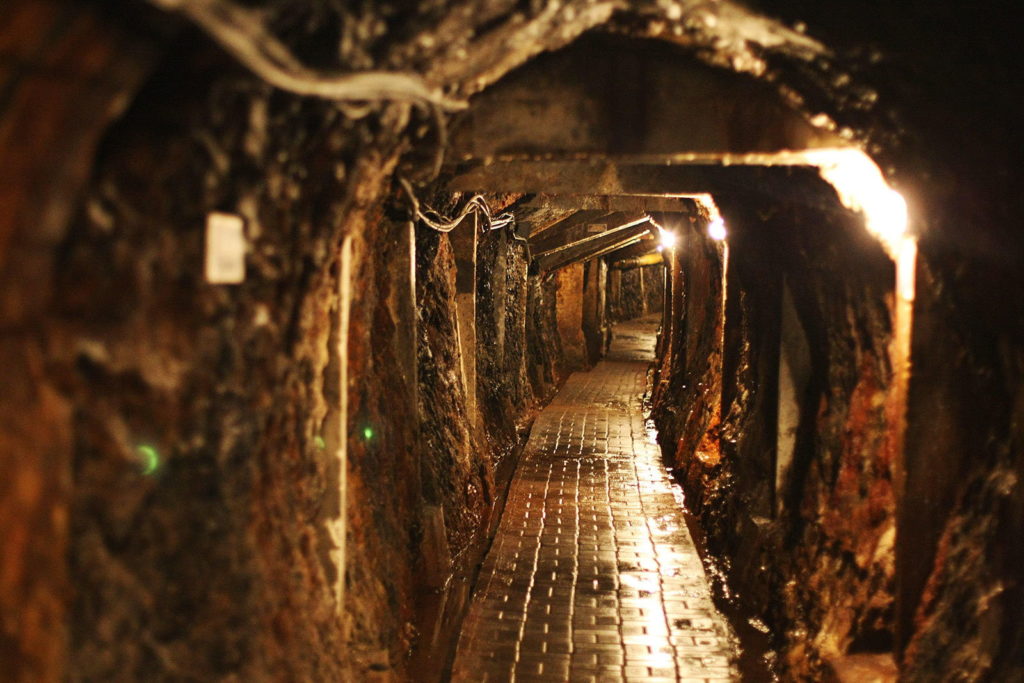
There are four natural sites including Komodo National Park, Lorentz National Park, Tropical Rainforest Heritage of Sumatra and Ujung Kulon National Park.
KOMODO NATIONAL PARK
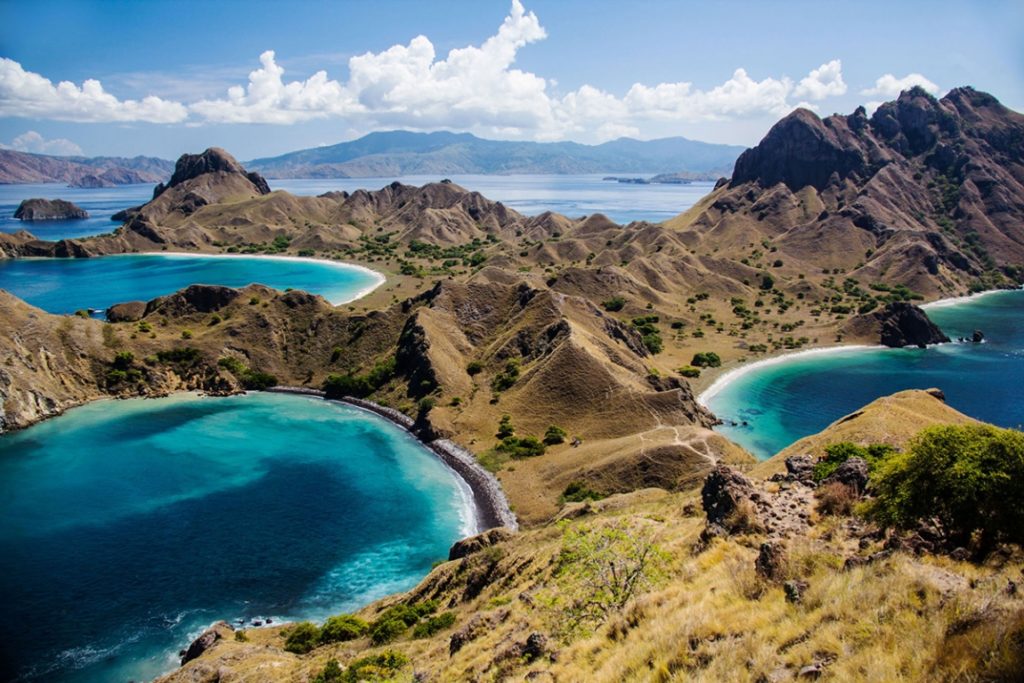
LORENTZ NATIONAL PARK
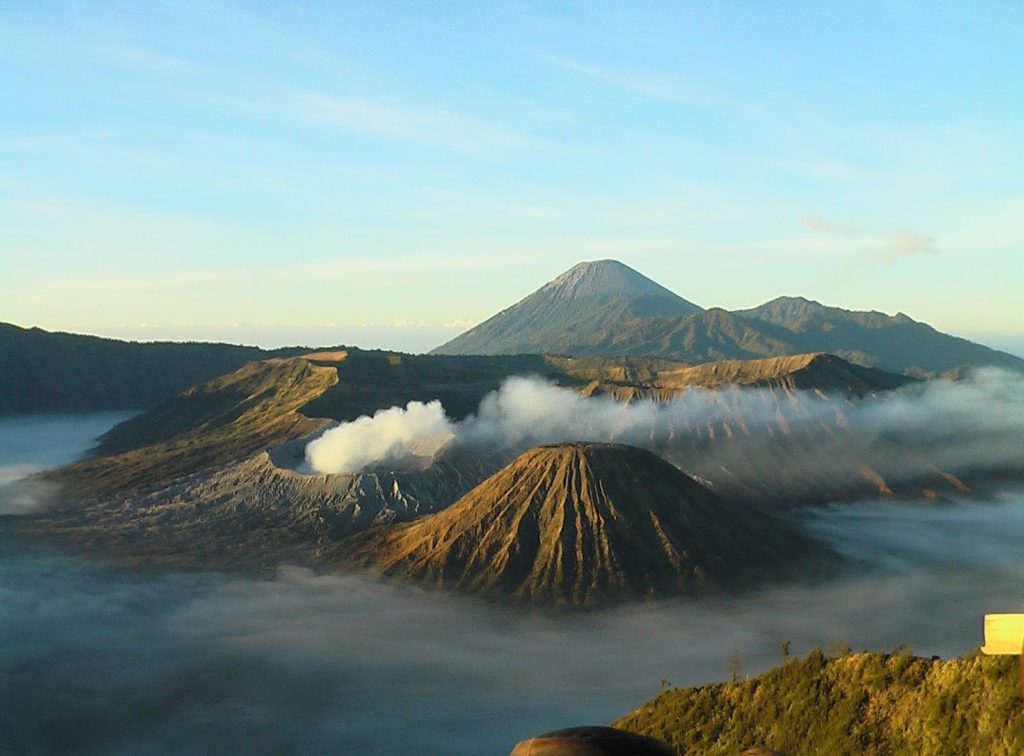
TROPICAL RAIN FOREST HERITAGE OF SUMATRA
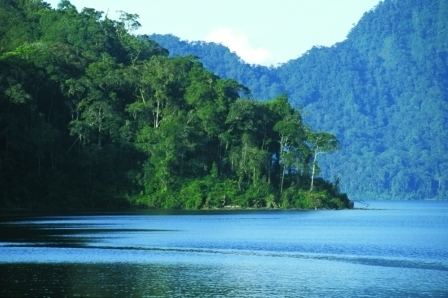
UJUNG KULON NATIONAL PARK

ACCORDING TO THE AUTHOR PUTRI MARCELIANA ARYANTO FROM INDONESIA
“We cannot escape history” is what Abraham Lincoln said. Well, that’s true. We can’t escape at all. We live right on it. We live with it even right now and we’re living it. Everyone has their own history. As well as countries. But as we all know; human can’t remember all things that have happened in life. That’s why we made memorials with some objects like photos, statues, stories, buildings, monuments, and others. With that we can always remember the history behind it.
Just like this monument.
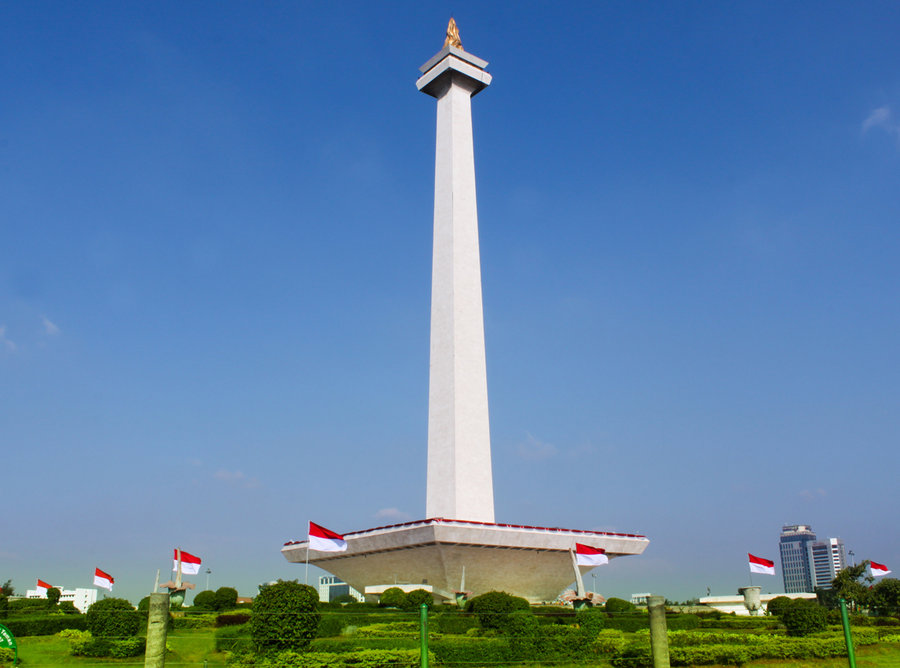
Standing in the midst of the glittering city of Jakarta, with a height of 433 feet, Monas stands majestically as if to reach the sky. The National Monument or commonly abbreviated as Monas is a building that was built as a reminder of the long process in history leading to Indonesian independence from the dark period of colonialism.
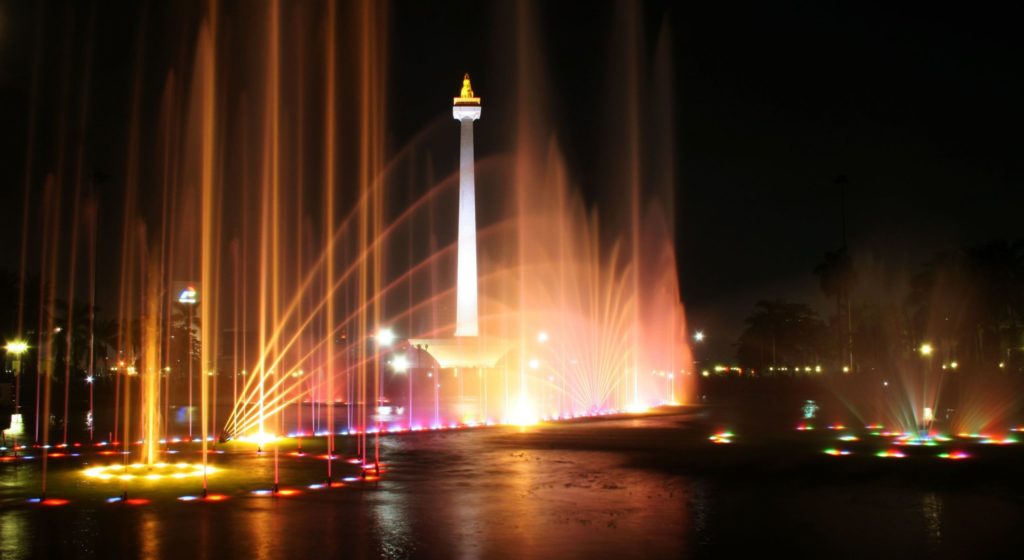
The unique shape of the building is full of meanings that symbolize the identity of Indonesia. The peak of Monas which is made like a burning fire symbolizes the fighting spirit of the Indonesian people.
Monas was built under the leadership of Indonesia’s first president, Ir. Sukarno. Monas was established in the middle of Medan Merdeka Square, Central Jakarta. The location is very strategic.; close to the State Palace, various places of worship, and other important offices.

Monas is in the middle of a stretch of gardens and beautiful statues and reliefs. What is unique about this building, visitors need to pass through a tunnel as far as 95 meters to enter the building.

Once inside, visitors can enter the History Museum section to see small dioramas that display important historical events such as the proclamation of independence, wars, and important state meetings. This room is 3 meters below ground level with a maximum capacity of 500 people.

Next is the Independence Room. This room is in the cup section. The interior is in the form of an amphitheater centered on a large cube. The four sides of the cube contain the original text of the Proclamation of Indonesian Independence, the coat of arms of the Indonesian state, a map of the islands of the Unitary State of the Republic of Indonesia with gold plated, red and white flags (Indonesian National flag), and a wall with the text of the Proclamation of Independence of the Republic of Indonesia inscribed. This Independence Room is used as a quiet space for silence and meditation to remember the nature of independence and the struggle of the Indonesian people.

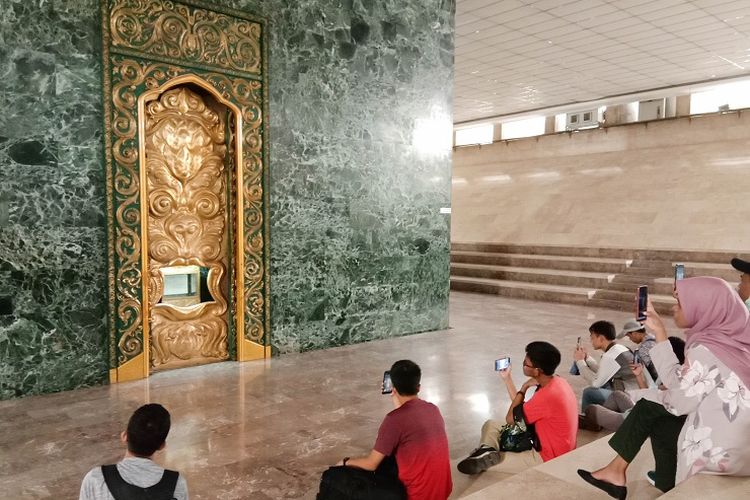
The original text of the proclamation of Indonesian independence is kept in a glass case in a gold-plated gate. This mechanical door is made of bronze weighing 4 tons plated with gold decorated with carvings of night queen flowers which symbolize immortality, and lotus flowers which symbolize purity. This door is located on the west side wall, right in the middle of the room and is covered in black marble. This door is known as the Gate of Independence which will mechanically open while playing the song “Padamu Negeri” (one of Indonesia’s National Anthems) followed later by a recorded voice of Soekarno (Indonesia’s first President; the person who reads the text of the proclamation of Indonesian independence) reading the proclamation on 17 August 1945 (Indonesian independence day).
On the south side, there is a statue of Garuda Pancasila, the symbol of the Indonesian state made of bronze weighing 3.5 tons and plated with gold. On the east side, there is an inscription of the proclamation in bronze, this side should display the most sacred and glorified flag of Sang Saka Merah Putih (Indonesian National flag), which was originally flown on August 17, 1945. However, because its condition is getting old and fragile, this sacred flag is not displayed. The north side of this black marble wall features the gilded map of the archipelago, symbolizing; the location of the Unitary State of the Republic of Indonesia.
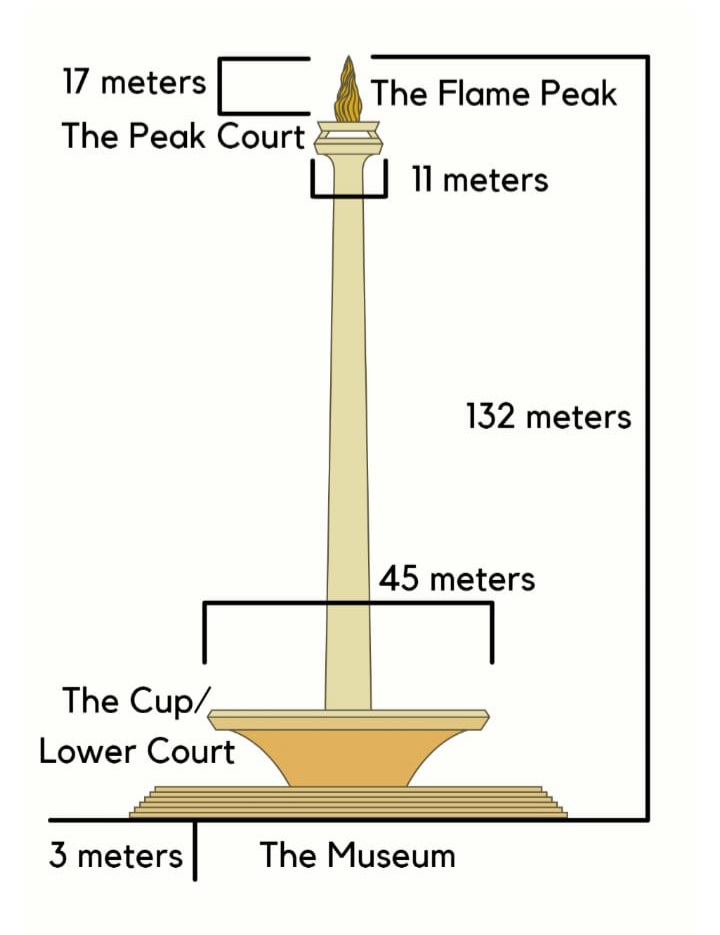
Next is the peak court. You would need the lift with a maximum of 50 people to go up there. In the peak court, you can see the view all over Jakarta. There are binoculars there to help you see Jakarta perfectly.
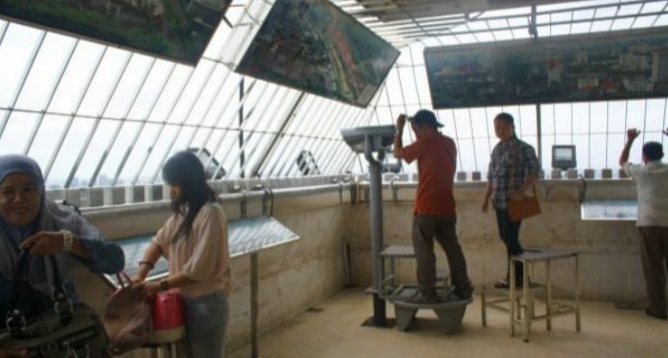
Last but not least is the flame peak. That flame was made by 14.5 tons of bronze, then plated by 50 kg of gold. You can reach this place by stairs and you’re free to touch the flame. This flame implements the hope of the spirit of the Indonesian nation which is fiery, burning, and never goes out.


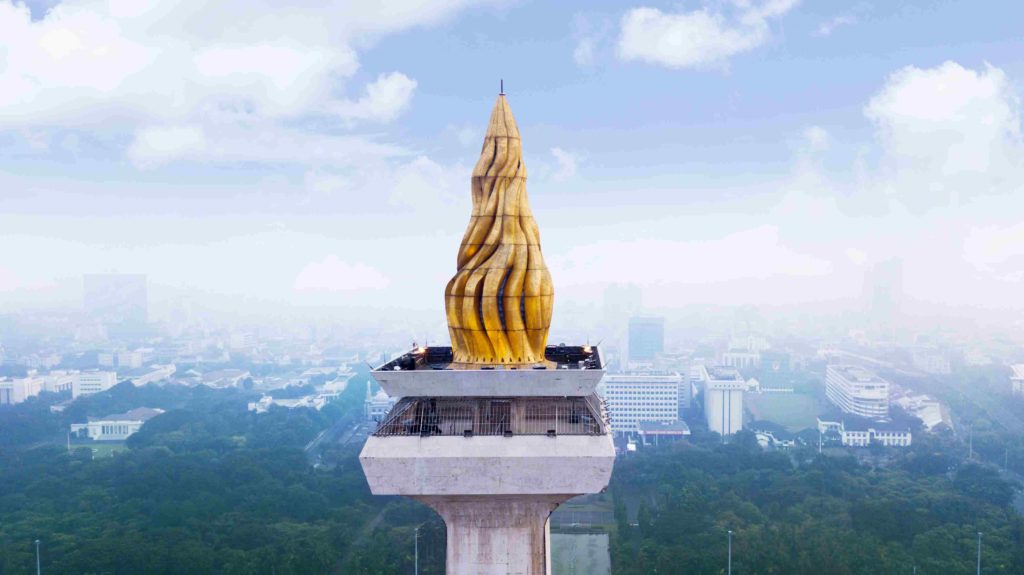
So this is Monas. The place that will always remind you of Indonesian history. A place where you can find all of the long journeys wrapped up in one. Monas was built in 1975. Just imagine, if there was no one to take care of it, perhaps such a beautiful building would not exist now. And Abraham Lincoln was right. We can’t escape history. Because we live history, and history keeps us alive.
Note: We are thankful to the following for guide in our research.
https://en.wikipedia.org/wiki/Indonesia
https://www.planetware.com/tourist-attractions/indonesia-ina.htm

Nice article… Loved the way everything is described… Keep it up!
Great information. Thanks for sharing such a great piece of information
Beautifully explained! Keep up the good work 👏👏👏
Fantastic Work… Keep it up!
Thanks
Wowww! such Nice locations… how do you search them??